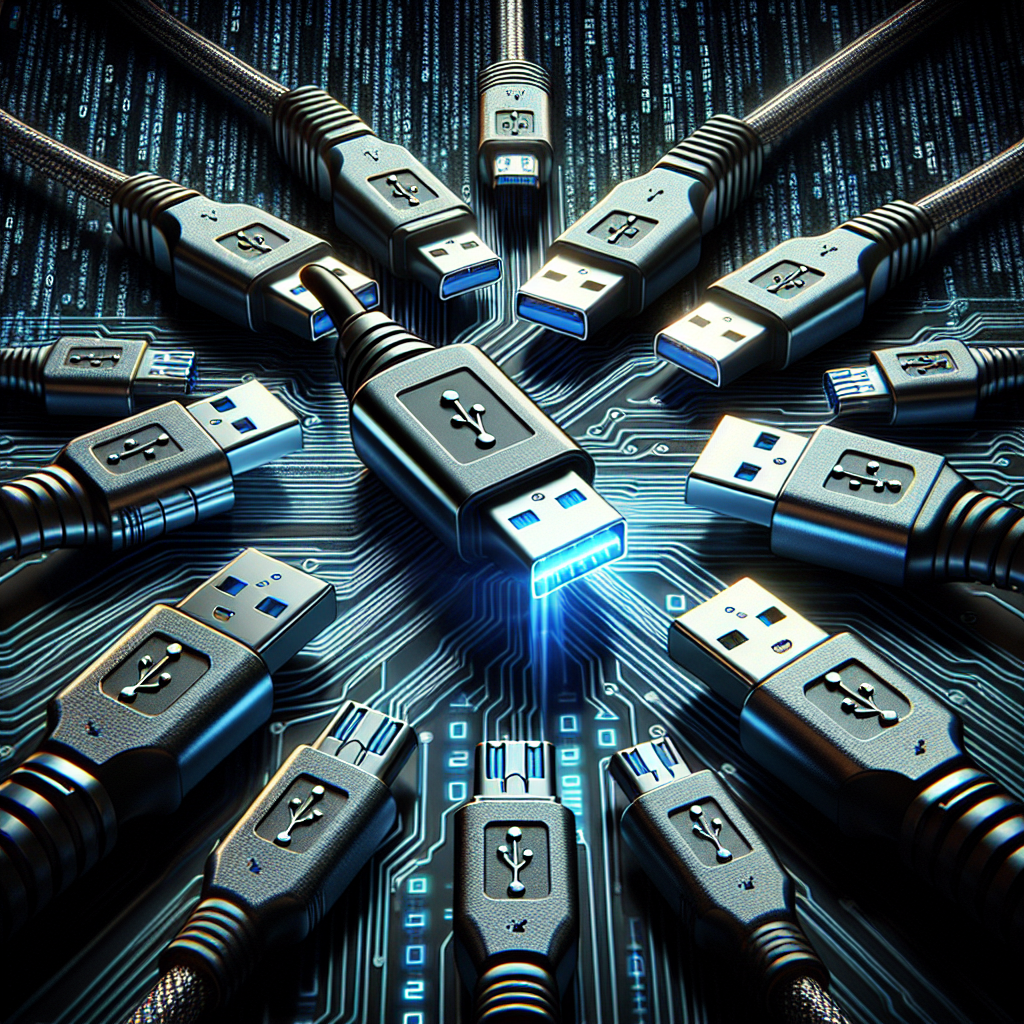Your cart is currently empty!
Everything You Need to Know About USB 3.0

USB 3.0, also known as SuperSpeed USB, is the third major version of the Universal Serial Bus (USB) standard for connecting electronic devices. It is the successor to USB 2.0 and offers significant improvements in terms of speed and power efficiency. Here is everything you need to know about USB 3.0.
Speed: One of the key features of USB 3.0 is its improved data transfer speed. USB 3.0 has a theoretical maximum data transfer rate of 5 Gbps, which is 10 times faster than USB 2.0’s maximum speed of 480 Mbps. This means that USB 3.0 is capable of transferring large files such as videos, photos, and music much faster than its predecessor.
Backward Compatibility: Despite the significant speed increase, USB 3.0 is backward compatible with USB 2.0 and USB 1.1 devices. This means that you can still use USB 3.0 devices with older USB ports, although you will not be able to take advantage of the faster speeds offered by USB 3.0.
Power Efficiency: USB 3.0 is also more power-efficient than USB 2.0. This is achieved through improved power management features that allow devices to draw power only when needed. This not only helps to conserve battery life on portable devices but also reduces overall power consumption.
Connector: The USB 3.0 connector is different from the USB 2.0 connector, making it easy to distinguish between the two. The USB 3.0 connector has a blue insert to indicate that it is a USB 3.0 port. Additionally, the USB 3.0 connector has more pins than the USB 2.0 connector, which allows for the increased data transfer speed.
Compatibility: In order to take full advantage of the speed offered by USB 3.0, both the device and the port it is connected to must be USB 3.0 compatible. If either the device or the port is only USB 2.0 compatible, the data transfer speed will be limited to the slower USB 2.0 speed.
Devices: USB 3.0 is used in a wide range of devices, including external hard drives, flash drives, smartphones, tablets, and digital cameras. Many new laptops and desktop computers also come equipped with USB 3.0 ports to take advantage of the faster data transfer speeds.
In conclusion, USB 3.0 offers significant improvements in terms of speed and power efficiency compared to USB 2.0. With its faster data transfer rate, backward compatibility, and power-saving features, USB 3.0 has become the standard for connecting electronic devices. Whether you are transferring files, charging your devices, or connecting peripherals, USB 3.0 is the way to go.

Leave a Reply